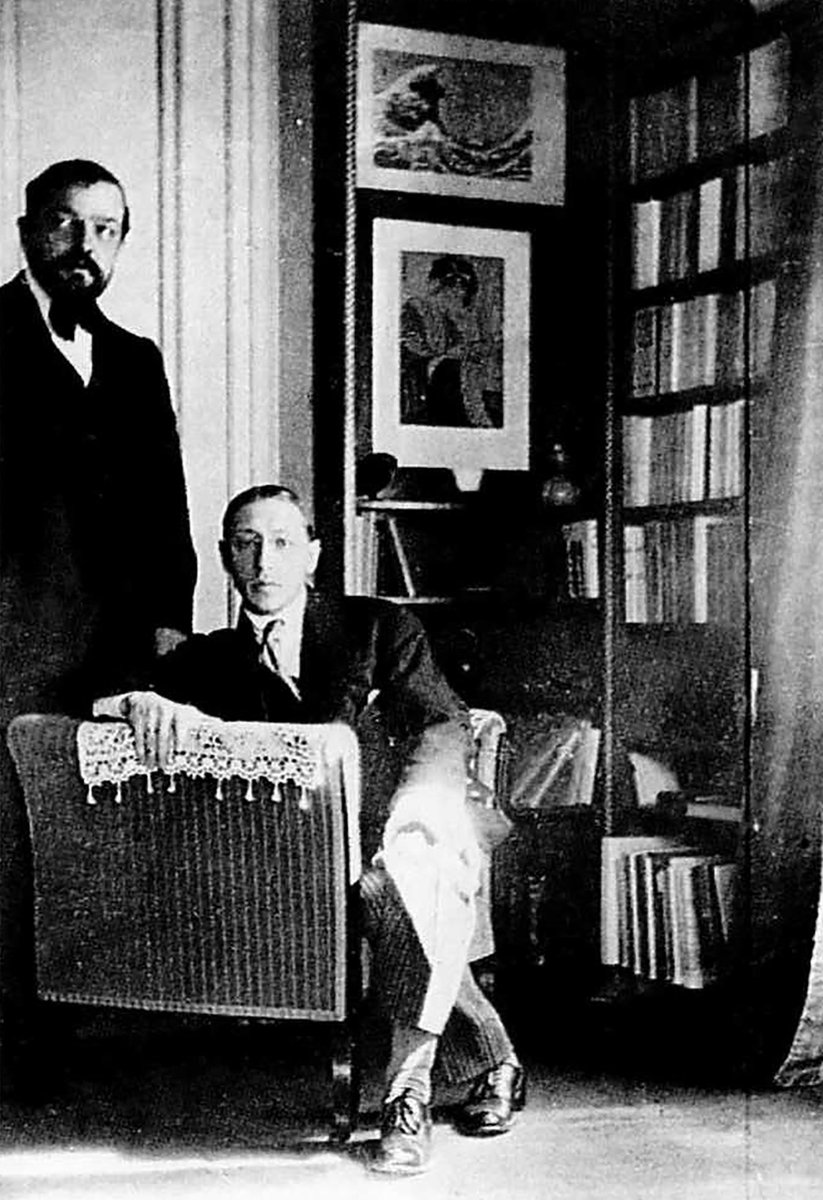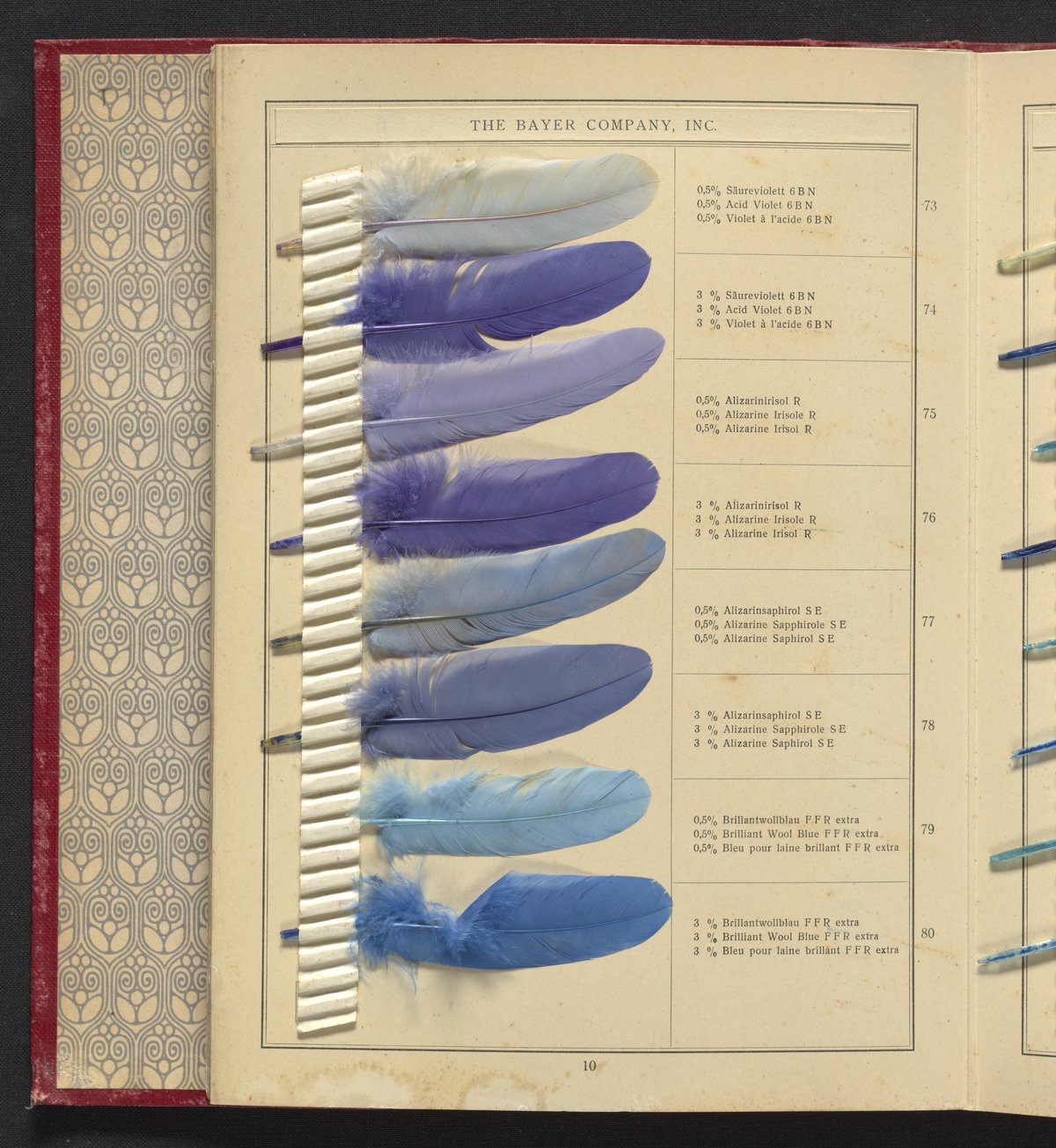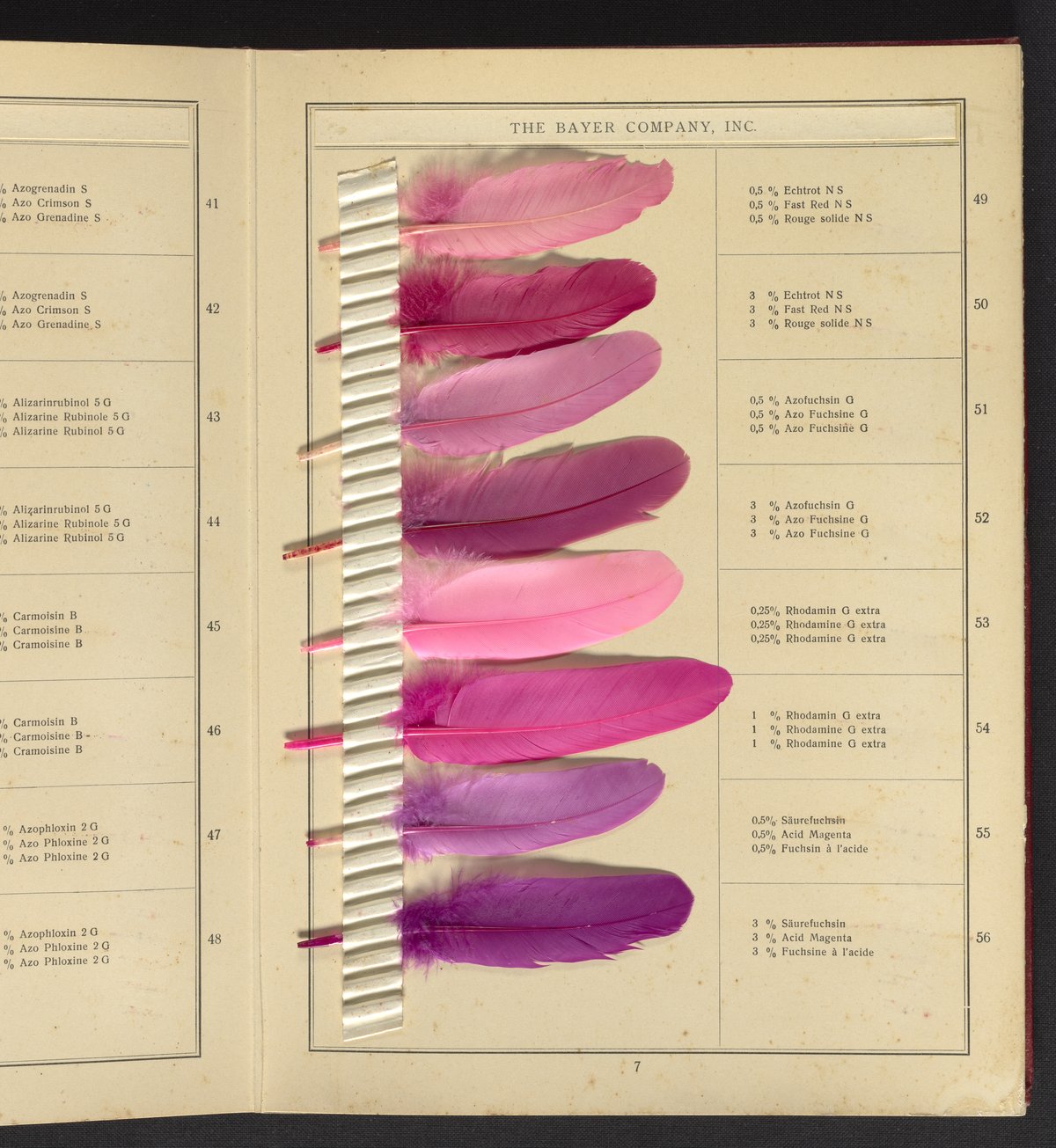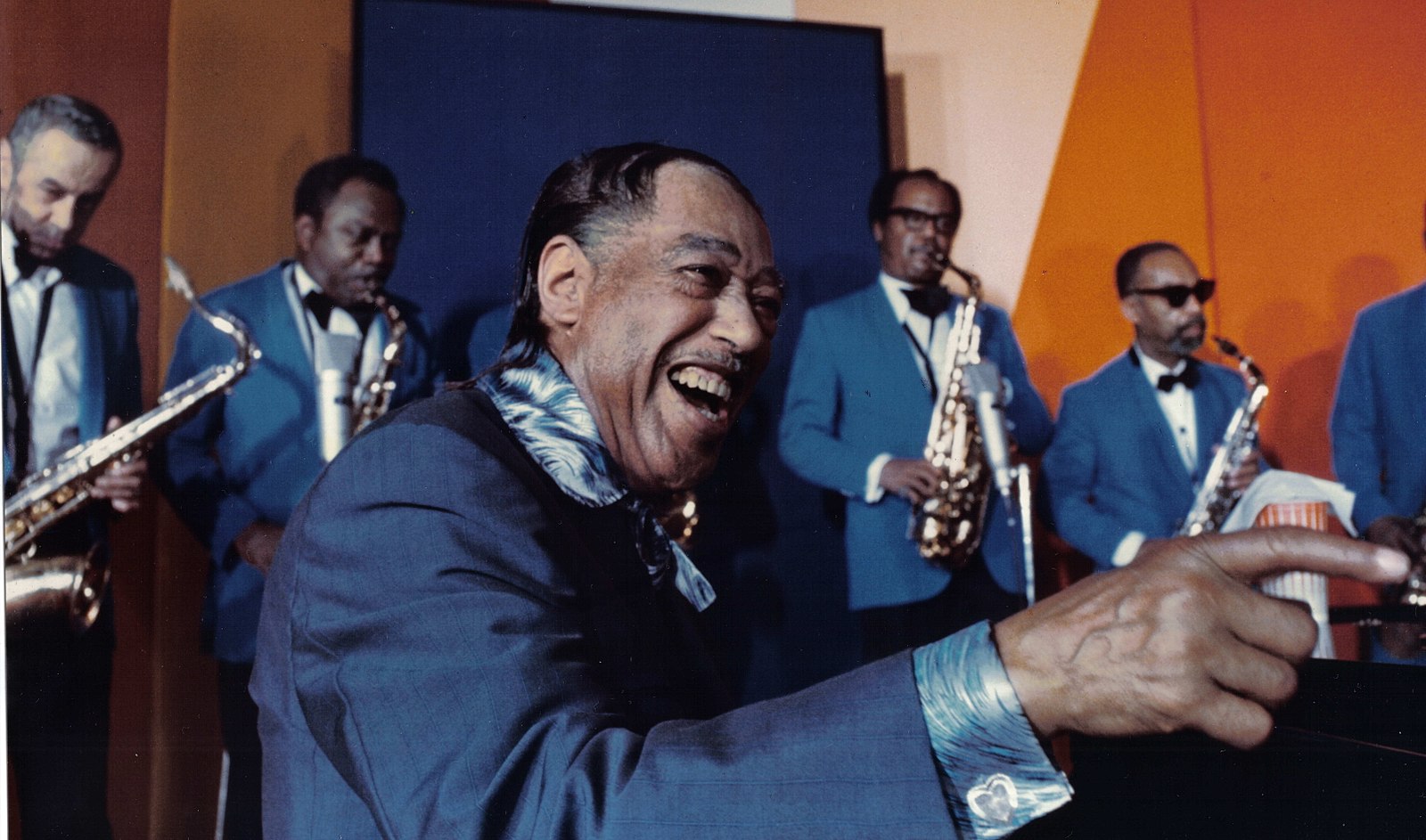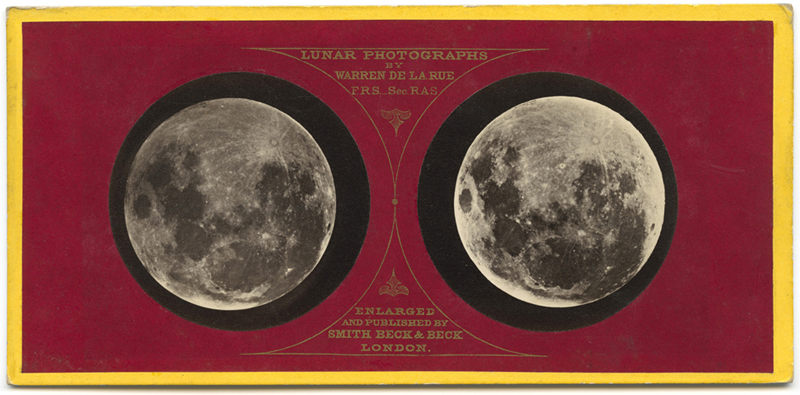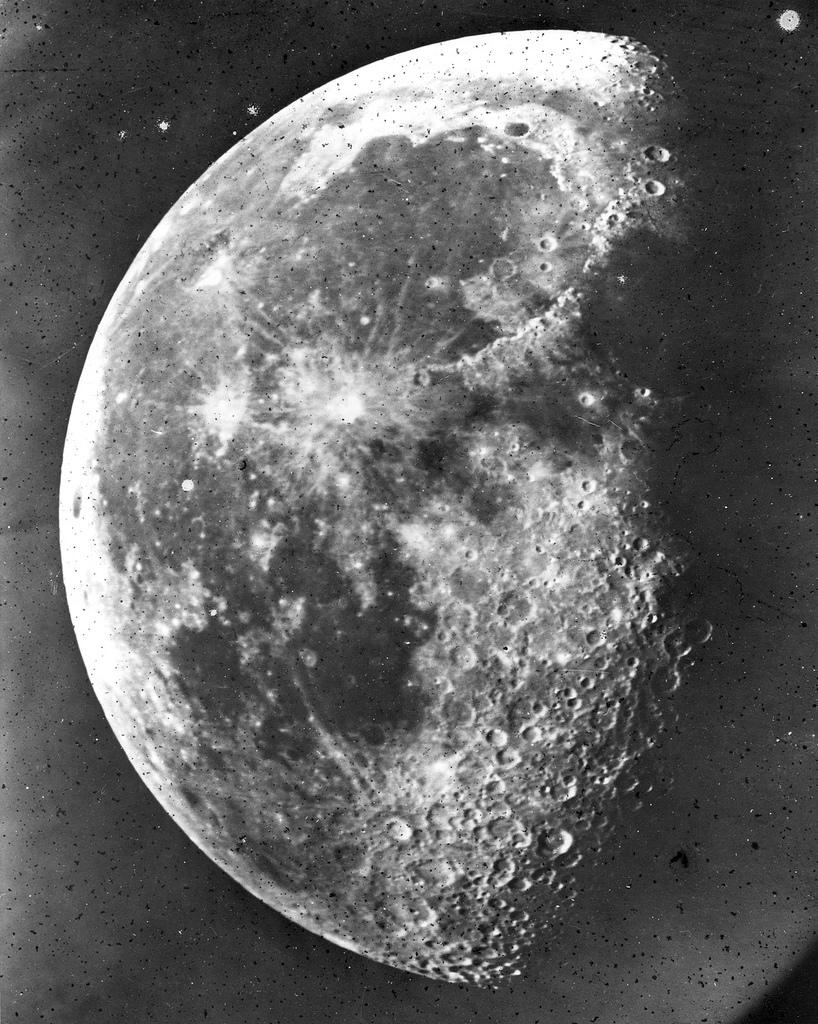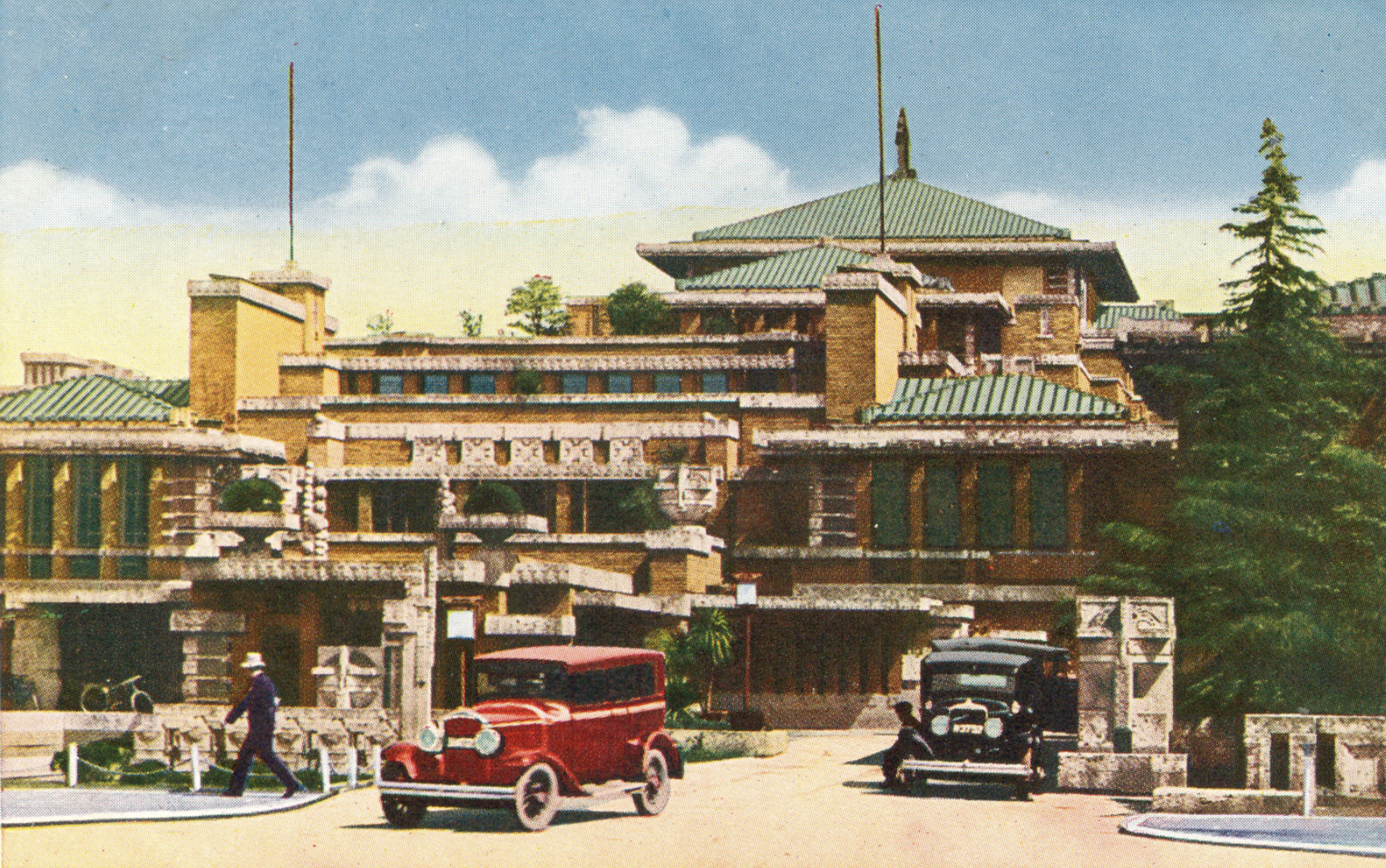It’s nearly impossible to communicate musicianship in words, though there are rare, successful literary attempts by greats like James Baldwin, Jack Kerouac, and jazz critic Ira Gitler, whose phrase “sheets of sound” so well captured the experience of Coltrane’s improvisational style in the late 50s. Maybe the free movements of jazz are easier to write about than other forms.…
When it comes to recently departed funk/pop/rock/R&B great Prince, it feels like there’s enough written about his prodigious talent that it begins to sound like overpraise. The most interesting tributes come from fellow musicians. Yet even their comments seem exaggerated.
Prince “played everything,” said Stevie Wonder soon after the Purple One’s sudden death – every style, every instrument – which seems like an impossible feat until you read the notes for his debut album and realize that, yes, he did play everything, before he hit 20… and listen to the full range of his output to see that, yes, he “could play classical music if he wanted to,” as Wonder said. “He could play jazz if he wanted to….”
Prince’s drummer Hannah Welton, who joined him in 2012, had similarly overblow-sounding praise, saying in a recent drum instruction video, “I don’t know that I ever heard an off note.” Everyone has an off day sometime, right? Too little sleep, a head cold, too much to drink… or whatever…. No musician could always be a hundred percent on, could they?
Listening to the funk/jazz jam sessions above recorded in 1977, when Prince was only 19 and on the threshold of releasing his first studio album, I’m inclined to cast off any remaining doubt that he was as untouchably disciplined and talented a musician as they say all of the time, even in behind-the-scenes rehearsals and jam sessions when, as Welton jokes, he seemed more interested in playing ping pong. If anyone embodied genius…
But there is a problem with that word (a word legendary music teacher Nadia Boulanger and onetime Quincy Jones mentor disliked). Prince might agree. Musical greats come out of great musical communities. Prince may have been the most proficient multi-instrumentalist of his time, but he consistently played with those who had no trouble keeping up with him, including early bass player André Cymone and longtime Revolution drummer Bobby Z.
Cymone and Z joined Prince in the Loring Park rehearsal room of Owen Husney, Prince’s first manager, to record these impromptu sessions. They are indeed “a must-listen for any fan!,” as Live for Live Music writes, and anyone else. “These eight instrumental tracks sound more like well-crafted compositions rather than the improvised jams that they are.” Prince, of course, switches up instruments, playing keys, guitar and bass and drums at times.
That it’s hard to tell when he’s playing what speaks not only to his own prowess but to that of his fellow musicians. As Bobby Z says in an interview for the Grammys, the biggest misunderstanding about Prince is “that he wasn’t human. That he was this mythical, immortal character. In the early days, he was a band member. He was the leader, of course, but he had to be in a band.” He was vocal in interviews about how playing with the hottest musicians in Minneapolis as a teenager gave him his early training.
Prince learned as much from others as they learned from him, says Z, soaking up everything he heard. “He was a fan. He loved being impressed by songs. He loved music. He loved other people’s talent.” But at the same time, he was still Prince, a rare talent without real equal. The Loring Park sessions may feature “instrumentals only,” notes Okayplayer, glancing at Prince’s compositional brilliance and showing off none of his vocal chops. Nonetheless, “it’s an intimate and terribly funky lens into P’s proficiency on damn-near every instrument,” before he’d even begun “his path to bonafide stardom.”
via Live for Live Music
Related Content:
Watch a New Director’s Cut of Prince’s Blistering “While My Guitar Gently Weeps” Guitar Solo (2004)
The Little Prince: Footage Gets Unearthed Of the Pop Star at Age 11
What’s It Like Drumming For Prince?: Drummer Hannah Welton Describes the Genius of His Musicianship
Josh Jones is a writer and musician based in Durham, NC. Follow him at @jdmagness
